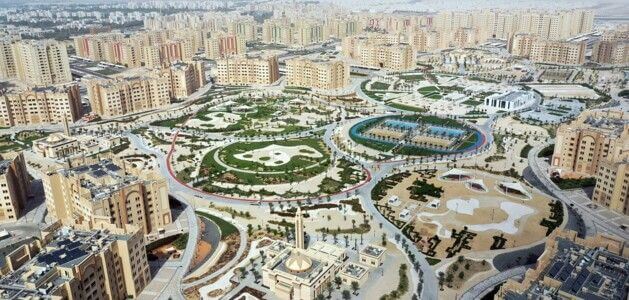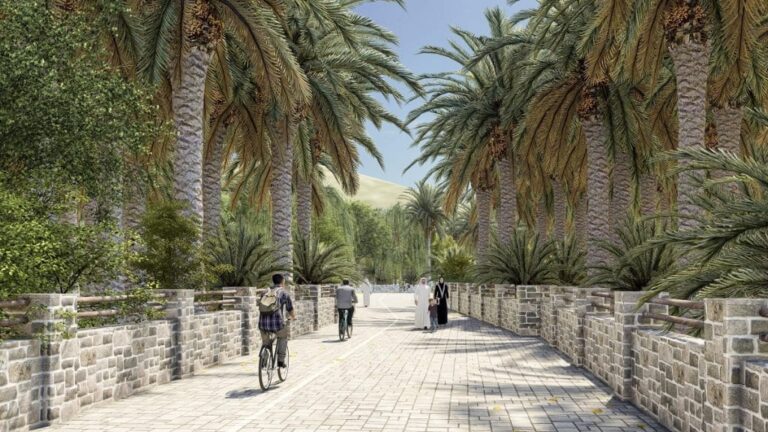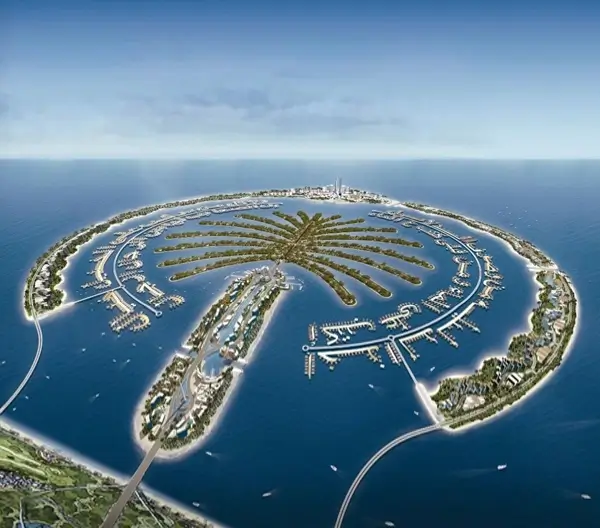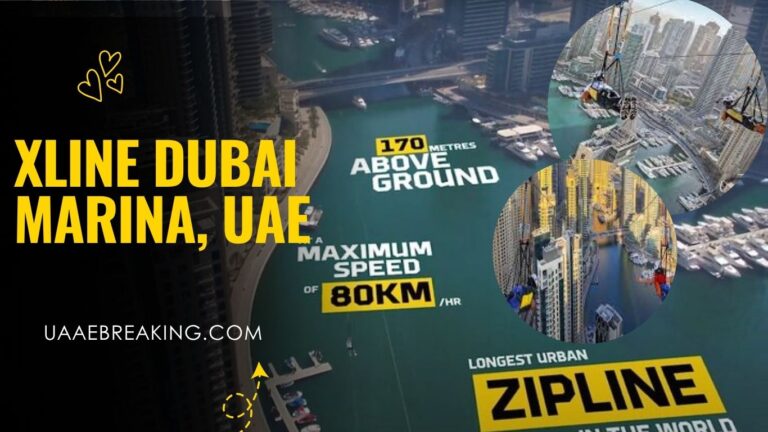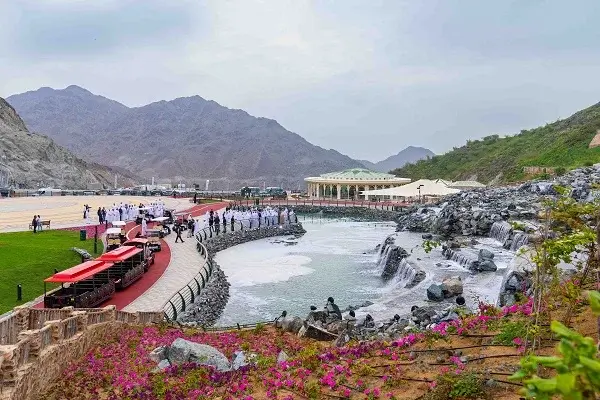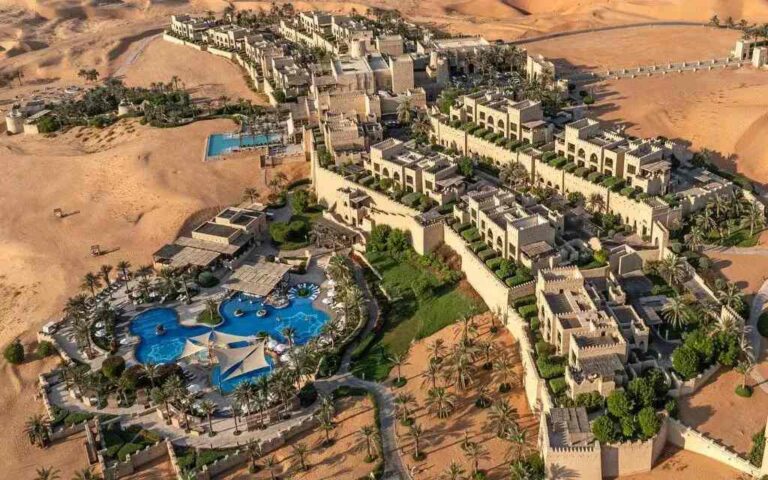Hatta, Dubai: Where Heritage Meets Highlands
In a nation defined by futuristic skylines and desert luxury, Hatta offers something refreshingly different: rugged mountains, ancestral heritage, and adrenaline-fueled adventure — all within a two-hour drive from Downtown Dubai. Once an Omani territory and now a Dubai exclave nestled in the Hajar Mountains, Hatta is fast becoming the UAE’s go-to destination for eco-tourism, history buffs, and thrill seekers alike.
But Hatta isn’t just a weekend escape — it’s a story of transformation rooted in culture, sustainability, and bold vision.
A Geopolitical Oddity Turned Cultural Treasure

Perched at 330 meters above sea level, Hatta borders Oman to the east and south, Ras Al Khaimah to the north, and Ajman’s Masfout enclave to the west. Historically known as Hajarain, the town became part of Dubai in the 19th century under the rule of Hasher bin Maktoum, marking a strategic shift in regional alliances.
Its geographical isolation preserved its authentic mountain lifestyle — a lifestyle defined by falaj irrigation systems, date palm farming, and defensive forts that still stand today. For generations, Hatta was Dubai’s natural summer retreat, drawing residents seeking cooler temperatures away from the coast’s sweltering humidity.
Heritage Rooted in Stone and Story
At the heart of Hatta is the Hatta Heritage Village — a beautifully restored cluster of traditional stone houses, watchtowers, and the Juma Mosque, which dates back to 1780. Unlike curated museum replicas, this village feels lived-in and alive, with weekly events, Emirati crafts, and seasonal festivals that honor the Bedouin and mountain tribal culture of the region.
Nearby, you’ll find ancestral tombs from the Hafit era (circa 3200 BCE) and a fort that once safeguarded local settlements. These aren’t just archaeological features — they are testaments to survival, ingenuity, and the strategic importance of Hatta’s location.
Hatta’s Rise as a Green Tourism Pioneer
In 2016, HH Sheikh Mohammed bin Rashid Al Maktoum unveiled a AED 1.3 billion Hatta Development Plan aimed at transforming the town into a world-class sustainable tourism hub. The initiative spans over 40 projects including:
- Green housing developments for UAE nationals
- Youth-led business incubators backed by the Mohammed bin Rashid Knowledge Foundation
- Eco-friendly hotels, cycling trails, and winter sports facilities
- Expansive green zones and sustainable farming initiatives
This strategic roadmap repositions Hatta from a sleepy town into a living lab for regenerative tourism — an alternative model of development that blends environmental stewardship, cultural preservation, and local economic resilience.
Adventure Capital of the UAE
If Dubai is a playground for luxury, Hatta is the UAE’s playground for adventure. Whether you’re a mountain biker, kayaker, or weekend warrior, the highlands cater to every thrill level:
- Hatta Dam: A serene turquoise reservoir surrounded by dramatic mountain ridges, ideal for kayaking, pedal boating, or simply picnicking.
- Hatta Kayak: One of the UAE’s most beloved outdoor activities, especially in the cooler months.
- Mountain Bike Trails: Over 50km of graded trails crisscross Hatta’s rocky terrain — from beginner loops to black-diamond paths.
- Hiking and Wadi Treks: Wadi Hatta, Wadi Al-Hatawi, and the nearby Wadi Al-Qahfi (Oman) offer challenging hikes through rugged canyons and seasonal streams.
- Hatta Wadi Hub: A seasonal destination for zip-lining, rope courses, axe throwing, and glamping in luxury mountain tents.
With cooler weather, cleaner air, and lower humidity than coastal Dubai, Hatta offers a true climate contrast and nature retreat, especially during winter.
Hydroelectric Ambition: Clean Energy in the Mountains
Beyond tourism, Hatta is pioneering the UAE’s clean energy agenda. The Dubai Electricity and Water Authority (DEWA) is constructing the region’s first hydroelectric power plant — a 250 MW pumped-storage station using the Hatta Dam’s 880 million gallons of water. The station will store up to 1,500 MWh of energy, enough to power Dubai during peak demand hours.
This ambitious project highlights Hatta’s dual role — a nature destination and a pillar of Dubai’s sustainable future.
Hatta Today: Community, Connectivity, and Culture
Hatta isn’t just a getaway — it’s home to over 13,000 residents, a vibrant football scene led by Hatta Club, and local businesses that thrive on both tourism and agriculture. The community enjoys upgraded infrastructure, from smart housing to well-maintained mountain roads, ensuring seamless access to and from Dubai city.
Connectivity continues to improve with public transportation initiatives and eco-transit concepts being explored to reduce the environmental footprint of tourism in the area.
Why Hatta Is More Than Just a Trip
Hatta is a place of paradoxes: ancient yet forward-looking, rugged yet refined. It’s where Emiratis return to their roots, where expats rediscover nature, and where Dubai’s economic diversification and cultural vision meet the mountains.
Whether you’re looking for a weekend escape, a historical immersion, or a high-altitude adrenaline rush, Hatta offers a uniquely UAE experience that blends authenticity with innovation.
As the city continues to evolve, UAEbreaking.com will be your guide to the newest projects, hidden gems, and community stories emerging from this highland haven.
FAQs About Hatta
Is Hatta a part of Dubai?
Yes. Hatta is a Dubai exclave, located about 134 km southeast of the city center, near the Oman border. It’s governed by the Dubai Municipality and part of Dubai’s long-term development vision.
Is it worth visiting Hatta?
Absolutely. With its combination of natural landscapes, cultural sites, adventure activities, and cooler climate, Hatta is one of the UAE’s most unique and enriching destinations — especially from October to March.
What is special in Hatta?
Hatta is known for the Hatta Heritage Village, Hatta Dam kayaking, mountain trails, and new eco-tourism projects like the Wadi Hub. It’s also central to Dubai’s clean energy future with the upcoming hydroelectric plant.
Do you need a visa for Hatta?
No. Hatta is part of the UAE and requires no additional visa for UAE residents or citizens. However, some wadi treks like Wadi Al-Qahfi may border Oman, so always check current travel regulations before venturing too far off-trail.
For more stories about UAE destinations that blend heritage, nature, and innovation, follow our travel section at UAEbreaking.com/travel.
- Etisalat & Expo City Metro Station: Connecting Dubai’s Two Worlds - September 7, 2025
- Dubai Marina Canal, UAE - September 7, 2025
- Skydive Dubai: Soaring Above the Iconic UAE Skyline - September 5, 2025


